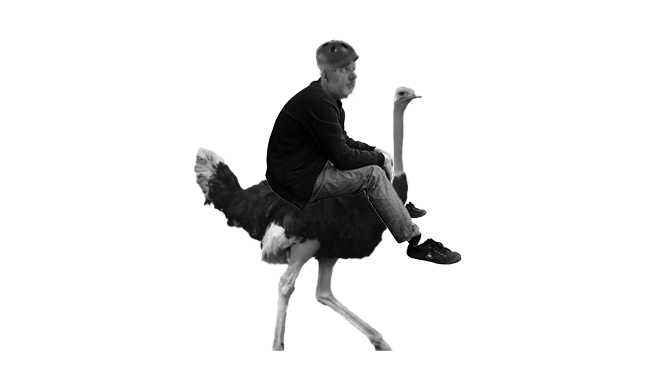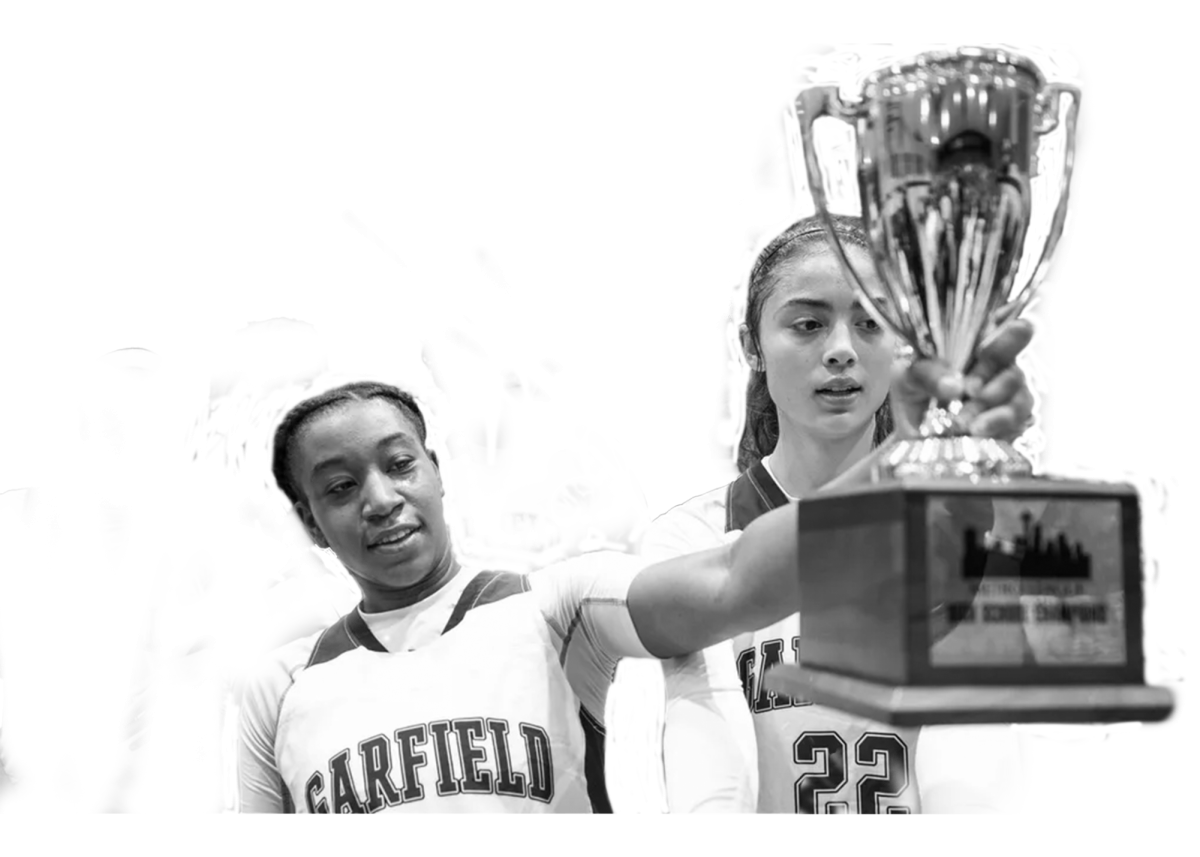As the end of the year rolls around, major successes and achievements have prompted reflection throughout the Garfield community. Diversity varies widely across different teams, reflecting broader systemic patterns and access disparities in youth athletics.
When speaking with a member of Garfield’s softball team, it became clear that diversity is lacking. “I would say 70-80% of girls on the softball team are white,” Delia Black explained. “Softball is an inaccessible sport. you have to have played before high school to keep up. The coach often benched girls with less experience, who also happened to be students of color, and they quit because it wasn’t fun sitting on the bench.” Said Black, she also noted that most girls on the team play expensive select league softball, which excludes those who can’t afford it. In addition to softball, the girls swim teams exhibit a similar pattern. “There is not a lot of diversity on the swim team. Around 85% of the team is white, and about 15% are students of color,” said Hayite Ahmed. “I’ve always wanted to swim regardless of who looked like me, but I think having someone who looks like you can make it easier to try a new sport.”
Cross country additionally reflects a lack of diversity, Haywood Albert estimated that “90 percent of the team is white…cross country has been a very white sport for a long time”, Said Albert, speculating how that likely was an intimidating factor for students of color to join. However, the distance track team was described as “significantly more diverse,” due to overlap with sprinting, which tends to include a broader demographic.
In contrast, Garfield’s girls’ Basketball and football teams are composed largely of Black students, reflecting not true diversity but a different form of racial uniformity compared to the overwhelmingly white teams at Garfield. Julianna Agosto, a member of the girls’ basketball team remarked, “About 82% of the girls’ team are students of color, and only 18% are white. That reflects the community Garfield is in.” Roba Roba, attested that Football displays a similar trend, estimating “about 20% white, and the rest from diverse racial backgrounds.” Roba explained how, “[Their] team is unique, and [they] have more diversity than many other schools, like Lincoln.”
Ultimate Frisbee, on the other hand, still has significant shortcomings in diversity. “There is not very much diversity,” said Aislin Finley. “It’s a new sport, and most people who join had parents or siblings who played.” Simone Vanderwarker added, “If your parents played, you probably will too. It’s still popular mostly in white communities.”
While some Garfield teams reflect the diversity of the school, others struggle with inclusion due to historical patterns, cost barriers, and cultural perceptions. As we continue to celebrate athletic excellence, it’s also important to work toward teams that are as inclusive and representative of our student body.





